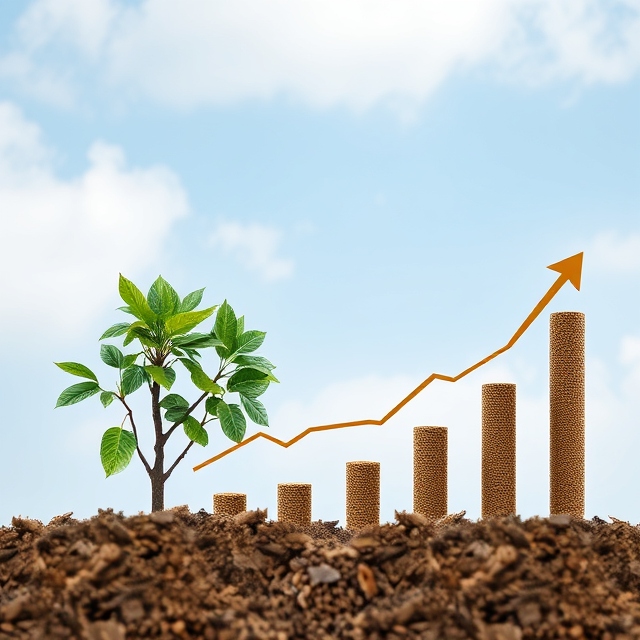Ramisa Fariha
Economic growth is a primary goal of development projects, relying on economic contributors to engage in various Income Generating Activities (IGAs). These projects often aim to introduce sustainable IGAs among beneficiaries to ensure long-term economic growth. Broadly, we see two main types of projects: those focused on resource provision and those aimed at market system development, which seeks to enhance the entire value chain within the intervention area to ensure sustainable economic growth.
During implementation, beneficiaries often prefer resource-based interventions as they provide immediate assets or value additions to their households. Conversely, the market system approach is less favored because it requires beneficiaries to invest in new activities, and market linkage and value addition to their households are uncertain. However, what many beneficiaries fail to recognize is that the market system approach ensures forward and backward linkages, enabling them to adopt improved practices and access necessary inputs even after resource-based projects conclude.
As researchers, we frequently visit different areas of Bangladesh, interacting with people from diverse backgrounds and collaborating with various implementing organizations that employ different strategies to achieve sustainability. Recently, I participated in a study exploring a capacity-building intervention aimed at women seeking financial stability. During fieldwork, I had the opportunity to interact with these women, learn about their life stories, struggles, achievements, and, most importantly, their eagerness to become self-reliant and improve their families’ lives. These interactions helped me understand how the intervention contributed to financial growth and identify gaps from the beneficiaries’ perspectives.
These beneficiaries were selected for a skill development project and provided with the necessary assets and equipment to generate income and become financially independent. They received training in various trades, including tailoring, based on their preferences. While many participants gained skills and were eager to learn new techniques, most struggled to generate income from the resources they received due to gaps between them and the local and national markets.
One of my primary concerns was identifying the factors hindering the beneficiaries from establishing sustainable income sources. I sought to uncover the barriers preventing them from benefiting from their acquired skills and resources. Major barriers included a lack of knowledge about sourcing raw materials before, during, and after production, as well as poor connections with local markets and potential buyers. The beneficiaries reported not understanding how the market system works, the factors to consider before starting a business, and how to identify and overcome barriers.
However, some beneficiaries attempted to overcome these barriers and generate income using their skills and resources. They utilized knowledge from training sessions and YouTube videos to innovate their products. Trainees created sample work with resources provided by the intervention and approached local shops to sell their products. Without prior connections, they struggled to convince buyers to purchase their goods.
To address these barriers, the Market System Development Approach could be a sustainable solution. This approach has been successfully used in various projects to create sustainable impacts on income generation for poor or vulnerable communities. By employing the market development approach, project implementers can gain a comprehensive understanding of how the market system operates in a particular area. They can gain insights into the backward and forward linkages of local market resources, market actors, and their relationships. Additionally, they can identify sectors with high potential for vulnerable people, barriers preventing community benefits, and incentives to meet the community’s needs. This understanding will help ensure the project’s impact is sustainable beyond its lifespan.
For projects focused on ensuring the financial stability of targeted communities, it is crucial to consider available resources, backward and forward linkages, and local and national market systems before starting the project. The primary aim is to create a sustainable and long-term impact; without considering these factors, the project’s outcome may not be sustainable. Development projects should aim to leverage the potential of the targeted community and the resources available in the intervention area.

